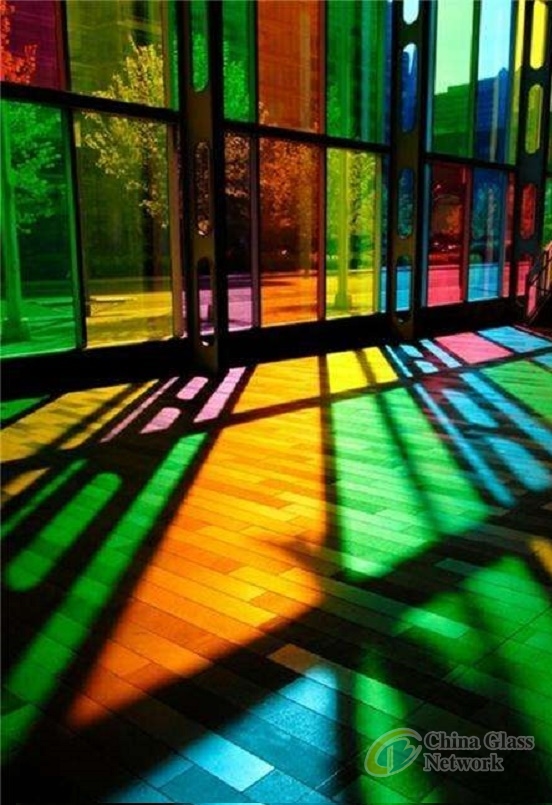Post Time:Jun 14,2018Classify:Industry NewsView:1609
Market Research Future published a raw research report on Global Flat Glass Market that contains the information from 2014 to 2023. Global Flat Glass Market is expected to grow at CAGR ~8.02% from 2017 to 2023.
Flat glass finds application in both automotive and construction of new buildings. New buildings include both residential and commercial buildings such as apartments, offices, retail malls, educational institutes, and hotels. The demand for flat glass for new buildings is projected to increase with the growth of the global construction industry during the forecast period. The interior design industry is an important aspect of the construction industry. Interior design as a segment is growing at a high rate globally due to higher disposable incomes and changing lifestyles. Glass is also commonly used in furniture such as display cases, bookcases, shelves and tabletops. Moreover, flat glass is used in solar power plants, and for energy conservation in residential and commercial buildings. Advanced glazing techniques can be used to reduce the requirement for heating and cooling in buildings, helping to reduce energy consumption in buildings.
The flat glass market is fragmented on the basis of product type, end use industry, and technology and by region. Based on product type, the market has been segmented as float glass, toughened glass, coated glass, laminated glass, and others. Laminated glass is expected to be the fastest-growing segment during the forecast period. However, toughened glass segment was the largest segment of the market in 2016, due to its extensive use in the construction and transportation applications. On the basis of end-use industry, the market has been classified into construction & infrastructure, automotive & transportation, and others. The construction & infrastructure segment was the largest segment of the market in 2016, owing to the growing demand for flat glass in residential building projects, government regulations pertaining to green & sustainable buildings, and aesthetic appearance of flat glass. Moreover, by technology, it has been segmented into rolled, sheet, and float glass. The float glass segment was the largest segment of the market, due to the advantages of the technology. Geographically, Asia Pacific was the largest consumer of flat glass. Rising infrastructural activities, booming automobile manufacturing in the country coupled with rising electronics market were key factors responsible for high demand in the past few years.
Focus on R&D for Automotive Glass
The manufacturers of the automotive glass work hand in hand with the OEMs so as to offer continuous innovation in the design and match the needs of the consumers. The glass manufacturers are making heavy investments into R&D so as to develop technology to reduce the weight of the glass to that of providing new shapes. The glass manufacturers are investing in R&D also to gain a competitive edge in the market while emphasizing on system integration and new functionality that provide better features to the consumers. According to Strategy & 2015 Global Innovation 1000 analysis, Bloomberg data, and Capital IQ data, the total spending in automotive R&D is increased from 2007 to 2015.
The growth of the solar energy industry in this region has fueled the demand for flat glass in the region. India and China focusing on producing electricity through renewable sources and increasing solar energy installations in China, Japan, India, and other emerging countries, will boost the demand for flat glass in future. The growing automotive production will further drive the growth of the flat glass market in automotive industry.

Source: www.prfree.orgAuthor: Shangyi